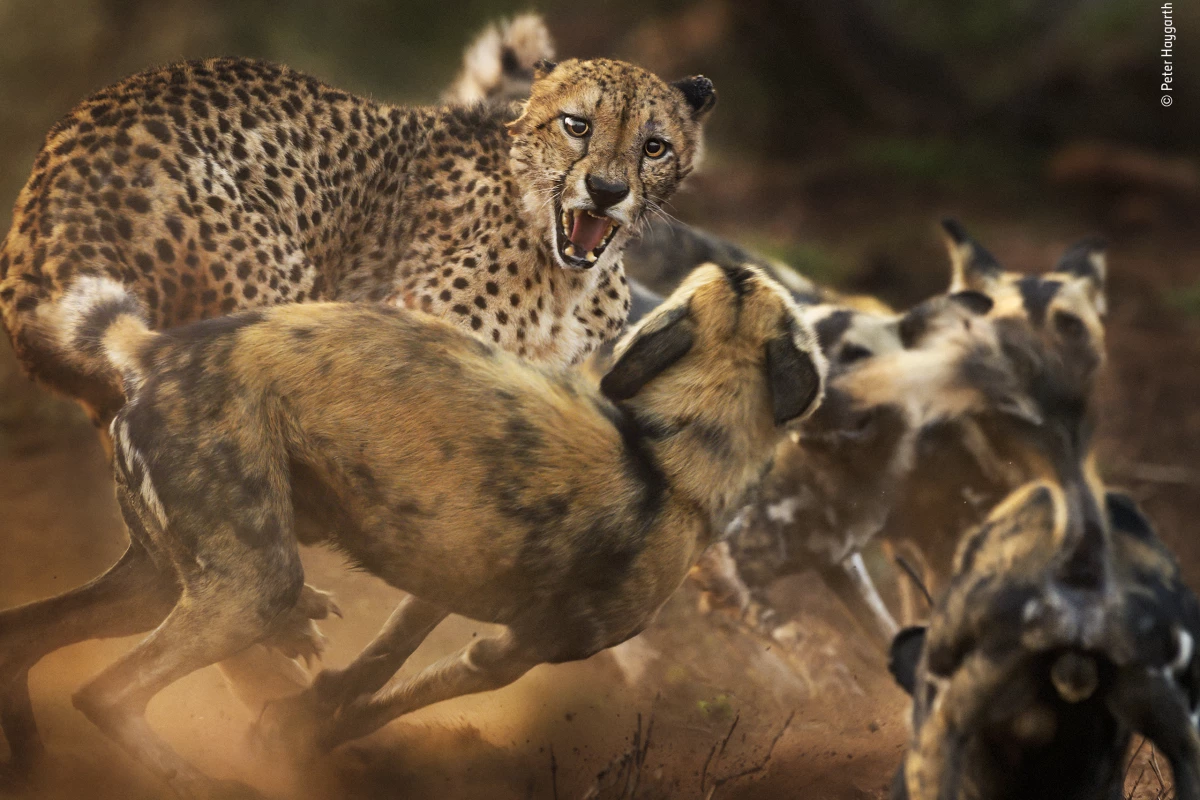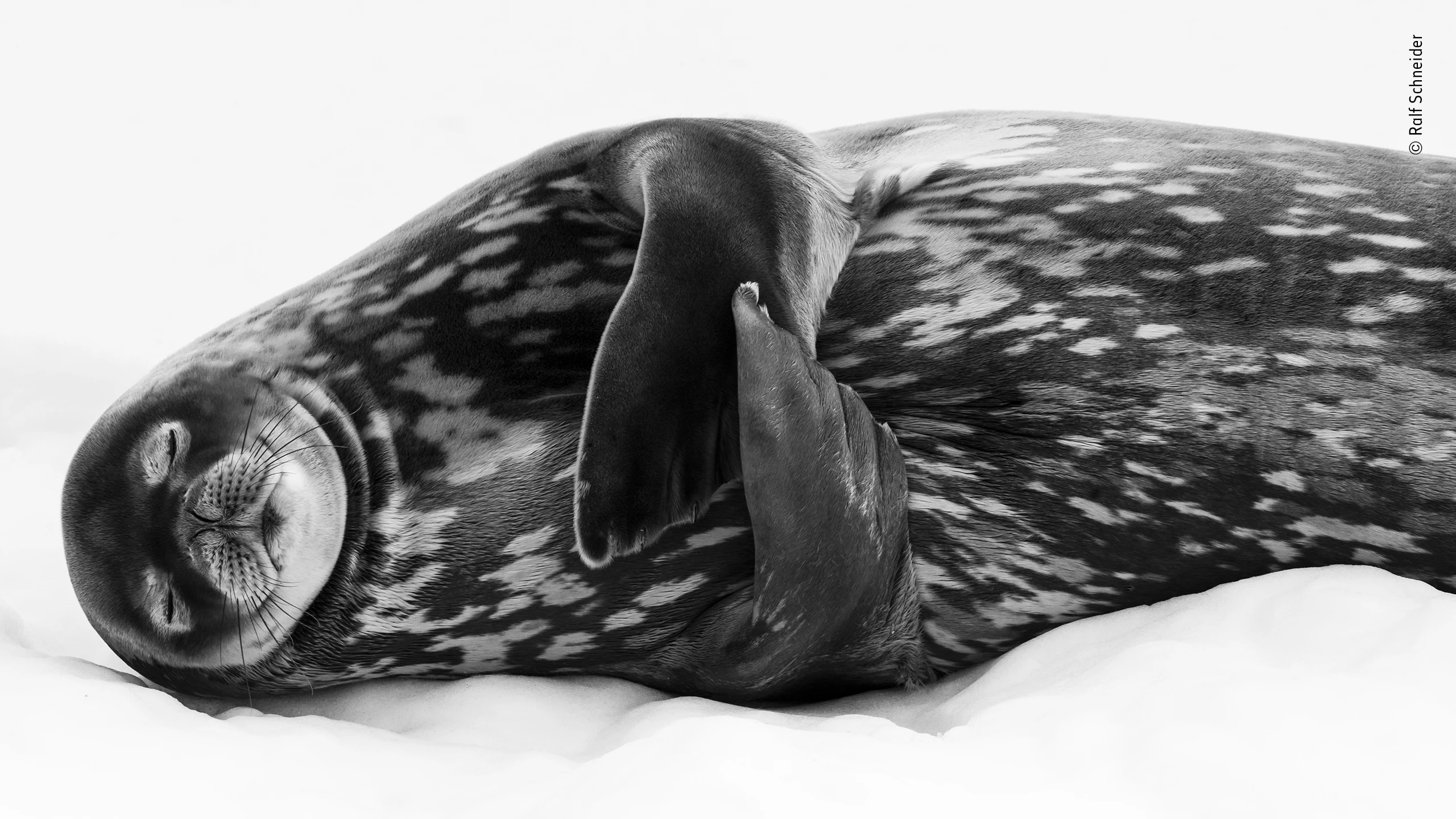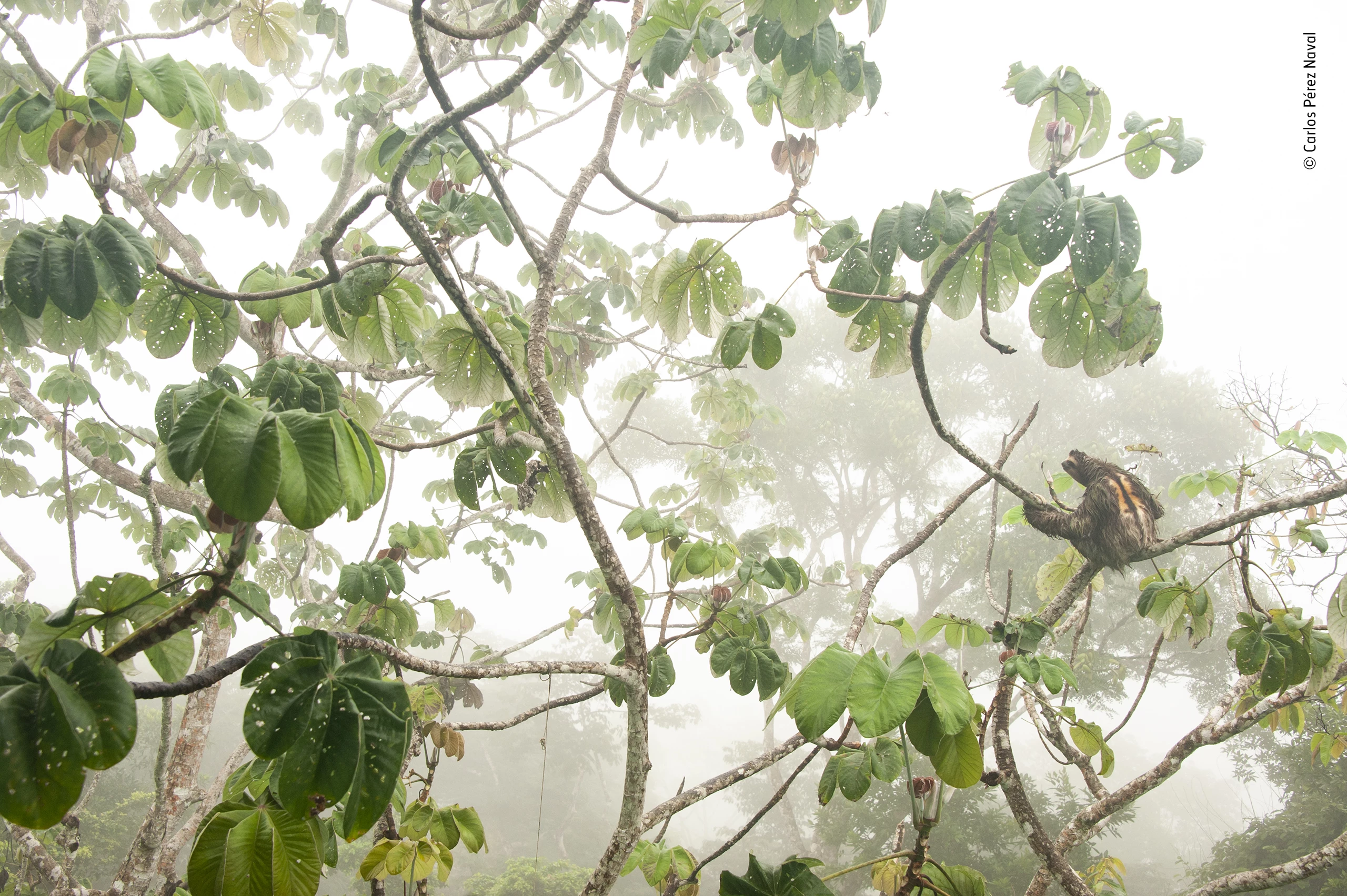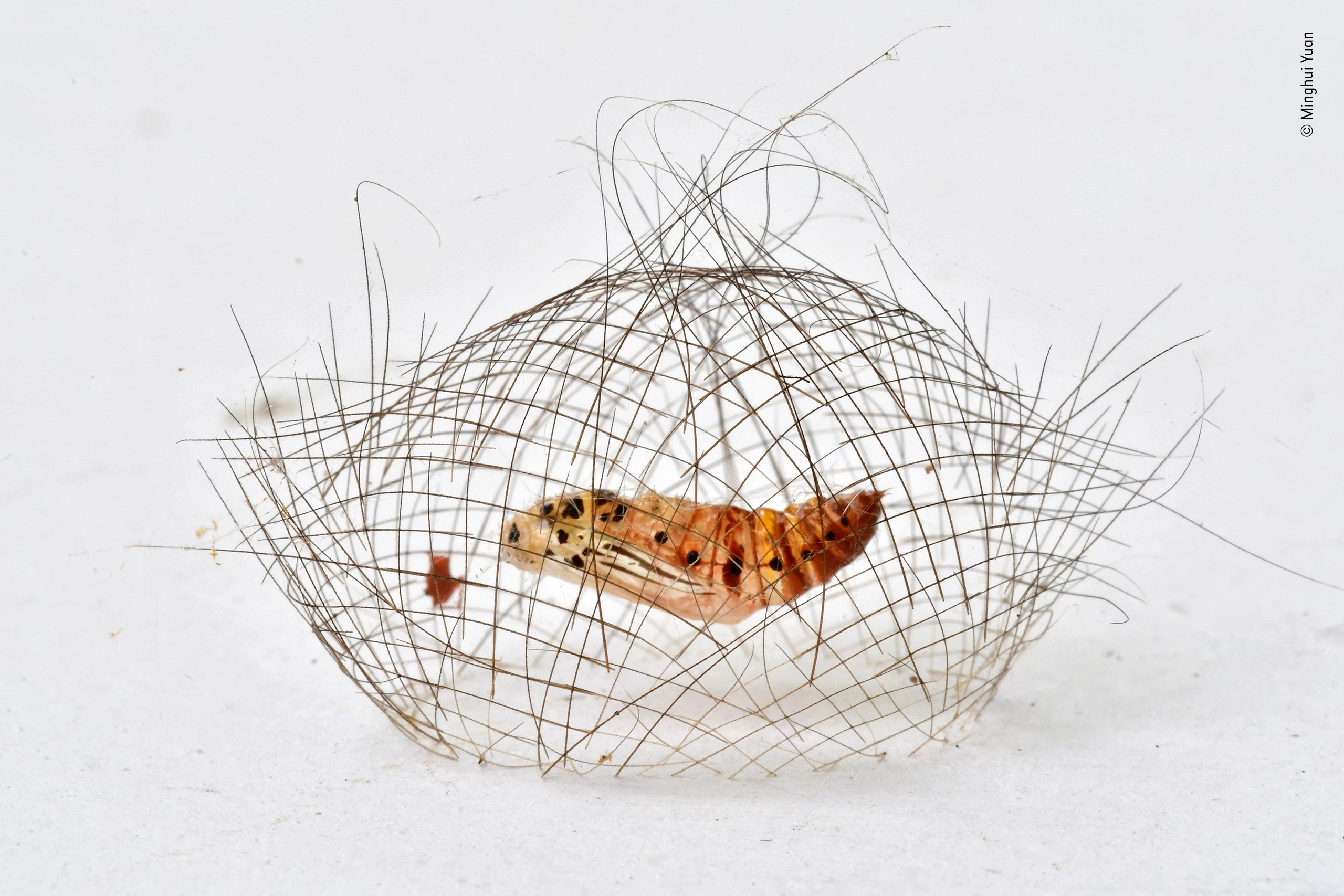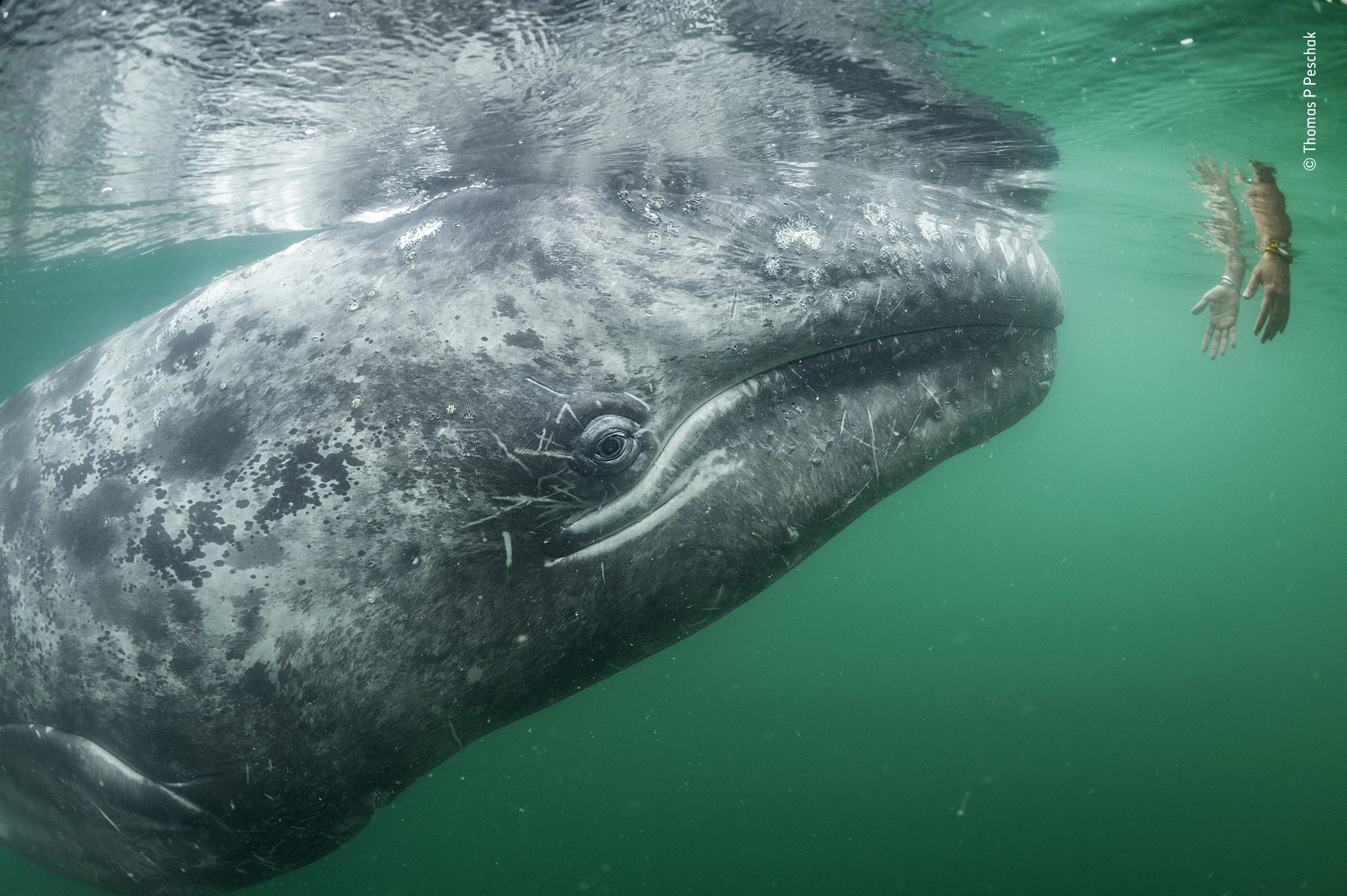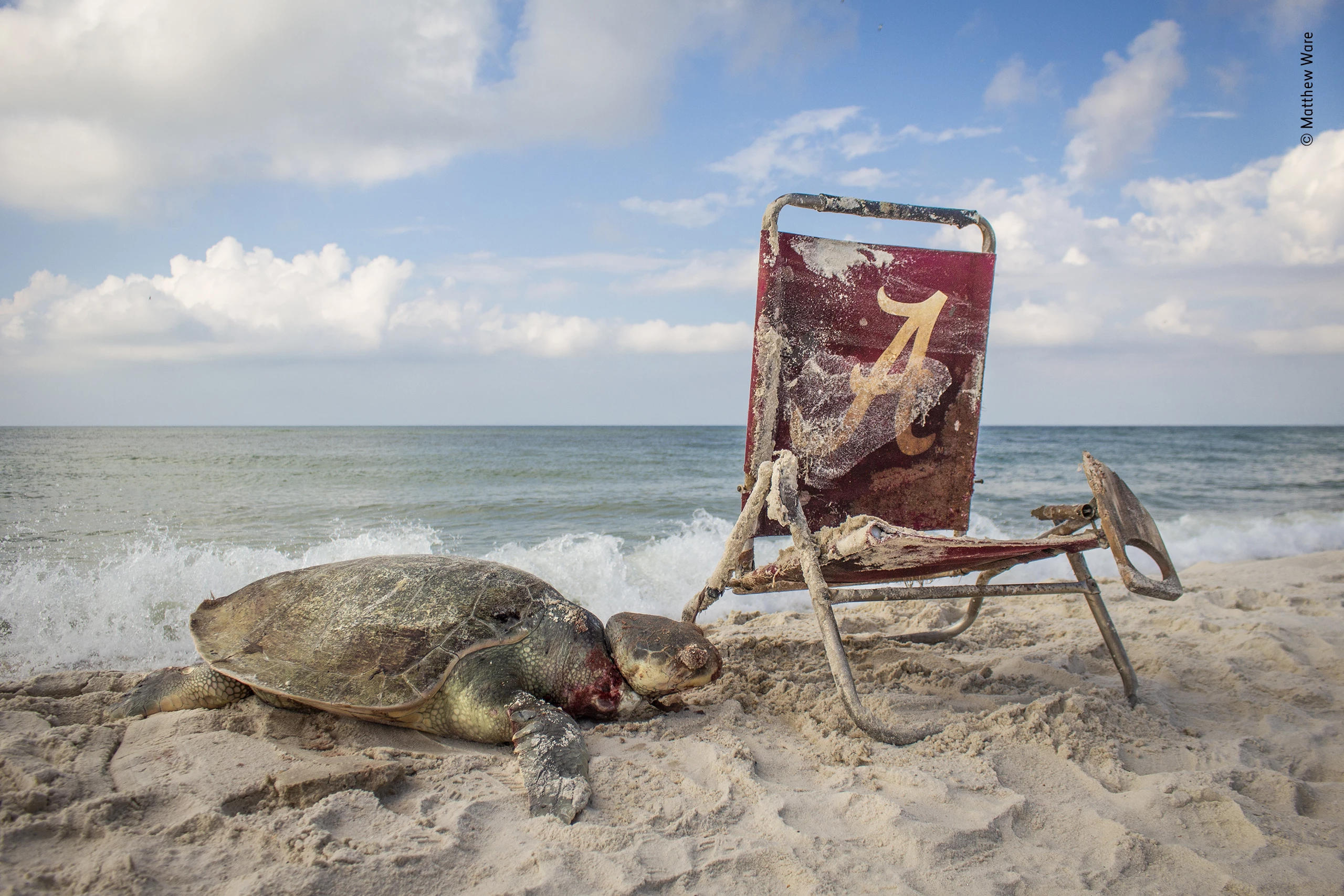Ahead of the overall winner announcement next month, the Natural History Museum has revealed 15 highly commended images from its iconic Wildlife Photographer of the Year competition. This truly spectacular collection of shots includes a blissful snap of a sleeping seal and a remarkable photograph of a cheetah battling a pack of African wild dogs.
In its 55th year, the competition is arguably the world’s strongest nature photography contest. This year, nearly 50,000 entries were submitted spanning 100 countries and 16 categories. The winners are set to be revealed on October 15, at a ceremony in London.

“For more than 50 years this competition has attracted the world's very best photographers, naturalists and young photographers, but there has never been a more important time for audiences all over the world to experience their work in our inspiring and impactful exhibition,” says Tim Littlewood, a member of this year’s judging panel, and science director at the Natural History Museum. “Photography has a unique ability to spark conversation, debate and even action. We hope this year's exhibition will empower people to think differently about our planet and our critical role in its future.”

Some genuinely incredible images featured in this shortlist of commended entries reveal a newborn hippo being attacked by a large male in a rarely witnessed moment of aggression; an amazing circular mating ritual of swirling bigeye trevally in Egypt’s Red Sea; and a penguin leaping for its life as a leopard seal lunges for its lunch.
Take a look through our gallery at 15 of the amazing shots in the running to take out this world-class competition.
Source: Natural History Museum Wildlife Photographer of the Year
